Yup, while I’ve gotten all assortment of trainers (including some rather expensive ones) sent to me to try out, I’ve finally made it to the big leagues – a fully loaded bike has arrived in the house. One that I didn’t even pay for (though, don’t get to keep either).
And no, it wasn’t just a miniature tricycle. Though, the box was a bit misleading:
The shroud of mystery continued as I unwrapped it:
I noted that whoever boxed everything up was clearly a cyclist, and likely not a triathlete. In fact, likely a cyclist who is very meticulous about perfection. Lots of tiny little details that I virtually never see anyone do during normal bike shipping…like actually using the wheel spacers/protection caps:
Nice!
Though, it’s logical that when they send a fully loaded bike out to review – it look darn good upon arrival. In fact, they spent considerable time upfront such that it was already sized and configured for my specifications – ready to ride.
You might think it was a new Cannondale based on the box, but in fact, it was actually a Specialized. More specifically, the Specialized Venge. Here’s the full bike as spec’d out:
Frame: Specialized Venge ($4,400US)
Handlebars: Zipp Service Course SL Short and Shallow Bars ($120)
Wheelset: Zipp 303 Carbon Clinchers (Front: $1,215US, Rear:$1,485US)
Waterbottles: Nifty Quarq design, standard edition (2x$4.50US)
Power Meter: Quarq RED 2012 ($1,995US)
Groupset: SRAM RED 2012 ($2,575US)
Yes, for those keeping track, that’s roughly $11,800…including the water bottles. Or roughly 10x the cost of my car, assuming there’s a full tank of gas in there at the time. Also of note is that the UPS lady FINALLY (for once) actually knocked and didn’t leave it on my doorstep. Well played UPS, well played.
The real reason for the bike is actually to try out the new 2012 SRAM RED Quarq setup. This includes the full 2012 SRAM RED group set, though, of particular interest to me is really the power meter itself.
As many of you know, I’m already pretty familiar with the Quarq lineup of power meters, with our household having two of them that we bought years ago (one on my bike, and one on The Girl’s). So you may be wondering why I’d need to test this Quarq.
Well, they’ve made a few changes. First are some of the minor changes – like simply sticking the ANT+ ID on the outside of the power meter. Rather useful if you’re in a multi-person pairing environment and just want to quickly set the ID in instead.
Additionally, they’ve changed to the more widely available CR2032 user replaceable battery. Their previous battery was a bit difficult to find in the grocery store, whereas this one is easily found at any grocery/drug store (and the same as virtually every heart rate strap out there). And finally, on the small changes list they’ve added an LED light that blinks when the unit is woken up, or when it’s calibrated.
The biggest change though is the introduction of Power Balance. Power Balance isn’t actually pedal balance (like you’d get pedal based power meters), but rather the balance across the pedal stroke. If you look at the Quarq materials, it specifically states this:
“Power Balance: Uses crankset torque to display the ratio of power generated in the right drive stroke (first half) versus the left drive stroke (second half) for each crank revolution.”
Upon deep reflection, I asked for a bit of clarification on what that really meant in real life and non-technical terms. None other than Jim (founder of Quarq), helped to break it down a bit for me. Note that a ‘revolution’ is simply your foot working its way around the ‘clock’ once:
“It is a direct measurement of the torque produced in the first half of the revolution as compared to the second half. So if you pull up with your right leg, that will show up as additional torque in the second half of the rev (which is dominated by the left leg driving).
We are intentional about the term Power Balance as opposed to pedal balance. Pedal balance implies independent measurement. We have only one measurement but can now partition it in two parts.”
In other words, it’s a way to measure how even your stroke it. As some cyclists know, the more even your stroke it, the more power you get. For example, most non-advanced cyclists force most power downwards onto the pedal – forgetting to also pull back, up, and over the top. This is sometimes referred to as ‘pedaling squares’. The concept that you divide each revolution into four separate stroke elements.
But how is this data displayed?
Well, with the introduction of Left/Right power in the ANT+ specification a year ago (in preparation for pedal based power meters), they can leverage that venue to easily display. Today, the only non-phone device that supports that is the Garmin Edge 800 (when it was added back in the fall). In theory, the Edge 500 and FR910XT will get the update any day now (or week, or month, or year…). It’s likely that other companies will follow suit as well as we near summer. Here’s what it looked like tonight on my Edge 800 during my trainer ride:
You can see it shows it in percentage as Left/Right, though, you’ll need to mentally convert that to stroke portions. In my case, I had it configured to show my power balance with a 3-second smoothing and a 30-second smoothing, but you can also show a variety of other metrics around it.
Finally, when it comes to displaying this power information, about the only game in town today supporting it is TrainingPeaks, which added support for Power Balance last month. You can see it below from tonight’s ride, highlighted in yellow:
Again, I suspect we’ll see others offer this – and may have some more news to share with you on this front specifically in the next 24 hours.
As for the new Quarq, I’ve got exactly 30 days to put it through its paces (along with the bike) before it heads back to South Dakota. After which, I’ll put something together. I’m looking forward to seeing what the Power Balance data really means in day to day use, and how to make the most of it. I have a funny feeling that my coach will find all sorts of interesting ways/drills/methods to put it to the test.
As always, if you’ve got any questions – feel free to drop them below. Thanks!
FOUND THIS POST USEFUL? SUPPORT THE SITE!
Hopefully, you found this post useful. The website is really a labor of love, so please consider becoming a DC RAINMAKER Supporter. This gets you an ad-free experience, and access to our (mostly) bi-monthly behind-the-scenes video series of “Shed Talkin’”.
Support DCRainMaker - Shop on Amazon
Otherwise, perhaps consider using the below link if shopping on Amazon. As an Amazon Associate, I earn from qualifying purchases. It doesn’t cost you anything extra, but your purchases help support this website a lot. It could simply be buying toilet paper, or this pizza oven we use and love.


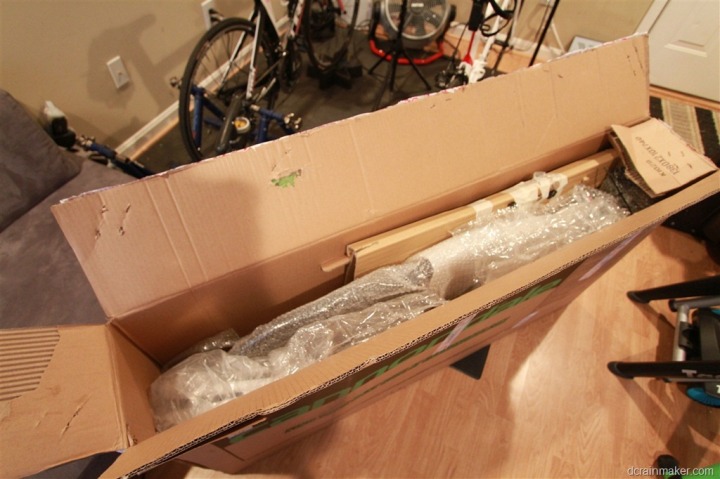

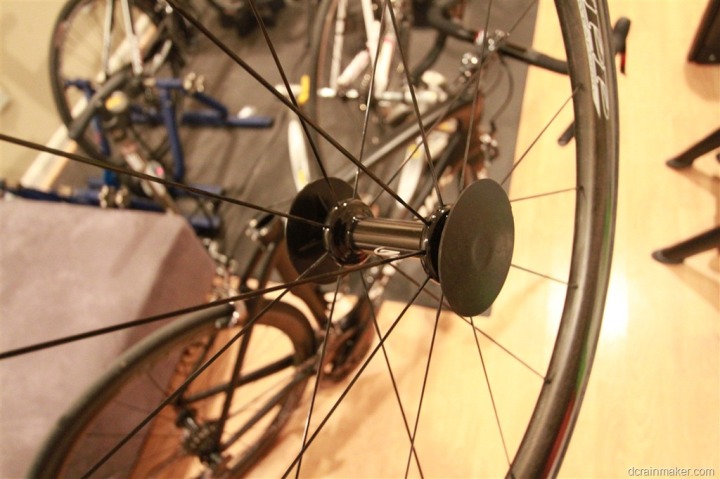
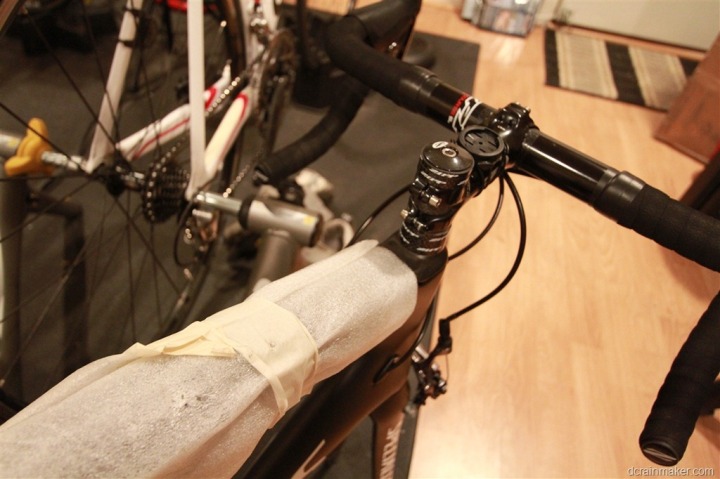
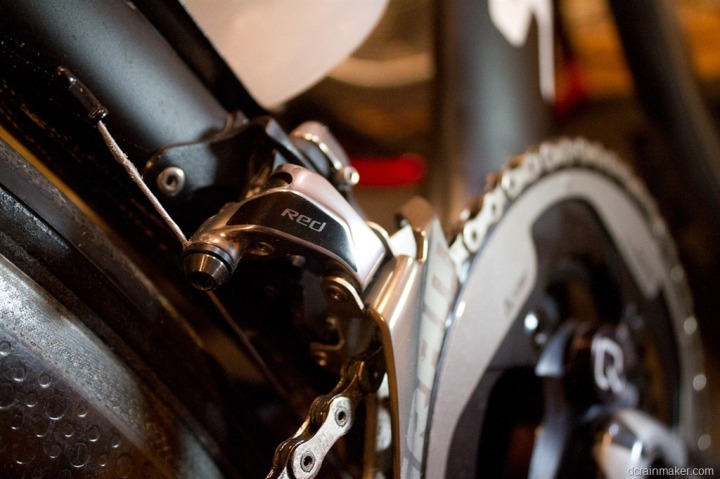
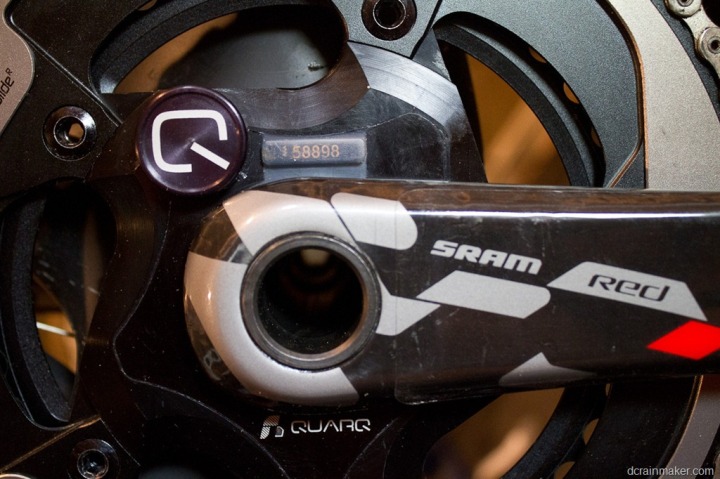

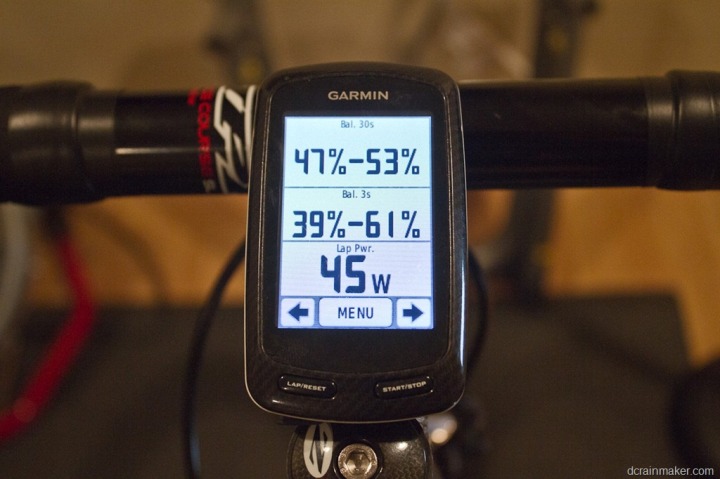

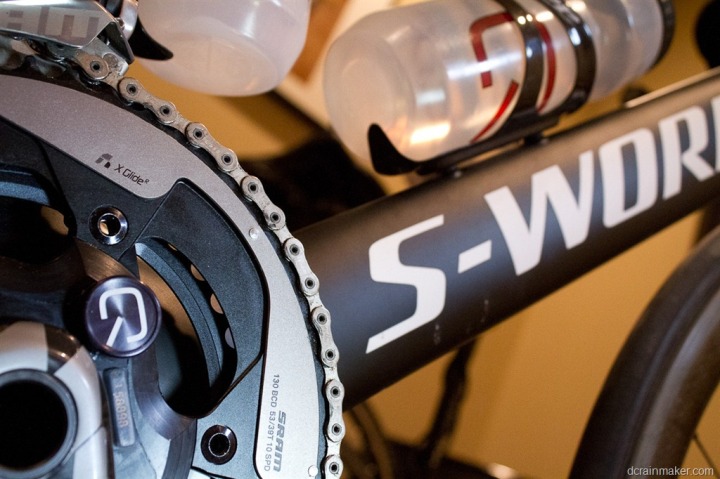

















You made it big, nice set up, speaking about power meters , any chance you can run trainer road vs your quark . Too see how close trainer road got it
Cheers Ray! Actually, the old Polar power meters have measured both power balance and power L/R for ages, and the balance is even measured as comparing the max to the min during one revolution, not just partitioning in half. And, L/R power independently. All displaying real time, second hand prices are super low. Tricky to set up (therefore bad reputation and reviews), but do it right and i’s great. Use them on three of my bikes, for less cash than a single normal meter. They can’t go out of calibration either, so no creep of numbers during years. Not for trainers though.
Sweet ride. That should be fun especially with warm weather coming up. Can’t wait to read up.
Break it down for at least one idiot (me). In the ‘Lap 7’ pic above, the power balance numbers of 47.3/52.7 are saying that in lap 7 47.3% of your power was coming from your left leg and 52.7 was coming from your right leg? Or something totally different? Thanks!
Ray, Enjoy the new ride and I look forward to reading your review on the 2012 red shifting esp. the redesigned front derailleur. How does “Power Balance” on the new Quarq PM differ from SpinScan on the Computrainer? Thanks, Matt
Really surprised you didn’t post a picture of the whole bike!
I like the idea of adding power balance to a quarq, and have been thinking about changing from a PowerTap to crank based system (not sure any of the pedal or cleat systems are for me).
I’d like the balance feature but I’ve read the Red Quarq requires a Red Front Derailleur and Red shifter? Is this really true? I really don’t want to change all those parts on 2 bikes.
Wonderful!!! I would also like to hear about your thoughts for the venge :)
HOT! Let us know how you like the Venge. Looks like a sweet, sweet ride. Heard a lot of short course triathletes love it, like Paula Findlay, Simon Whitfield and Javier Gomez.
#%$^ing awesome.
Now show us a picture of the whole bike!
Looking forward for the review – Great work!
I’m just jealous :-)
If I remember correctly part of the benefit of the new and improved Quarq design is the ability to swap chainrings without having to send the unit back to SD for recalibration.
Any chance you could test out that feature over the next 30 days?
Thanks for the continued great reviews and post. Is the Quarq power balance basically the same thing the computrainer spin scan is doing?
That’s a nice ride there. So the power meter tells you the percentage split between downstroke and upstroke, or between which foot you’re using? (pretty much same question as Andrew’s)
Also, you would think for such an expensive bike, they could’ve gotten you some nicer water bottles.
“As always, if you’ve got any questions – feel free to drop them below.”
Can I take the bike out for a spin? =)
That’s gonna’ be a tough bike to have to send back.
I thought the concept of “smoothing” the pedal stroke instead of “stomping” was considered to largely be a red herring by the wattage group. That’s different from considering left/right balance, although I’m not sure what the real utility of that data is either.
the idea of “pulling up” to smooth the pedal stroke is a red herring. making power happens in the areas where you can exert force, and letting the other leg “get out of the way” as quickly as possible turns out to be key.
yes, in the short term one might see some little gains, but at real-world cadences and for longer durations, letting the other leg simply not resist (and also get a microsecond’s rest) works out better, for most.
note: this does not imply that mashing is efficient, as there’s often some residual resistance.
for now, people will continue to talk about how smooth circles are best.
Thanks all!
Hi ICrossley-
Yup, actually been doing some TrainerRoad vs Quarq (and vs other trainers). Looking forward to getting a post up.
Hi Andrew-
No, not left/right leg, but rather portion of the stroke. In other words, split the stroke into two pieces (like a clock in two).
Hi Matt-
I thought about adding the Spinscan reference, but, it’s a touch bit different. The Spinscan feature can show you the total revolution of the stroke, whereas this is only splitting it into two pieces.
Hi All-
RE: Full bike photo
It’s coming! I couldn’t quite get a pic I liked in the room at night (I’m at the office during the day), but it’s on my to-do list this weekend when I can get outside and get some nice shots outdoors.
Hi TH3/Eric-
Yup, indeed, still lots of discussion on how (if at all), this data can be used, or even if it can be used, to improve training and racing. I do think that over time, folks will find ways to use the data. That’s often the case with newly introduced data, it takes time to understand it, improve upon it, and do something with it. Same goes for straight left/right data as well. Most are still a bit unsure on how exactly it can be applied in training/racing scenarios, beyond simple fit-related items (measuring output at a lower level than just left/right though).
Hi Ray, Just stopping by the blog to use the Amazon link. Everything I buy on Amozaon I do through your link now to keep this site running. Keep on with the great reviews.
Hi 2K!
Just wanted to say a huge thanks, I really appreciate it!
-Ray
Ray,
Any idea if it’s actually necessary to have the 2013 RED FD & Shifters in order to idea the new RED Quarq? I don’t see how it would differ….aside from more $ for SRAM?
Travis